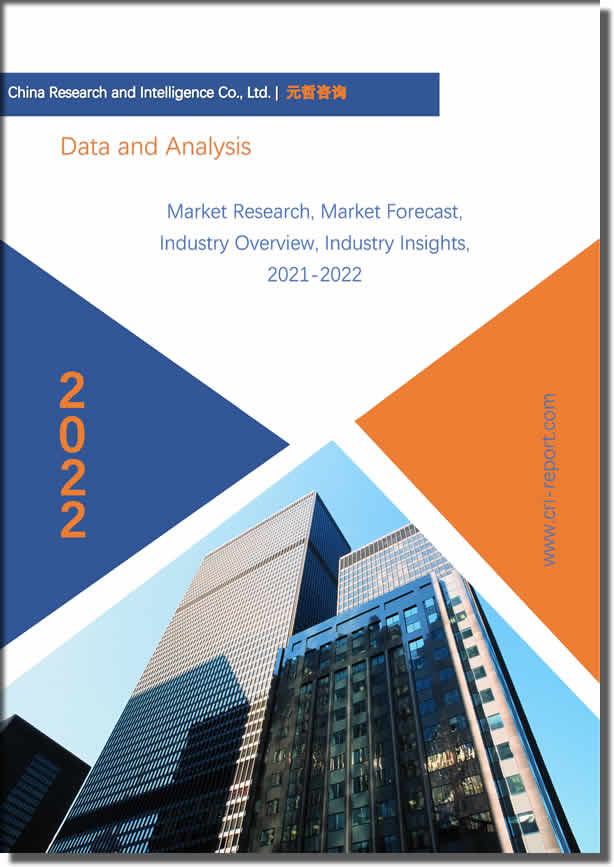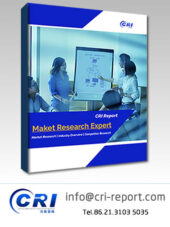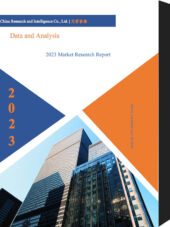Description
Nanotechnology for Food Packaging Market
Global Nanotechnology for Food Packaging Market to surpass USD 44.8 billion by 2030 from USD 31 billion in 2020 at a CAGR of 13.6 % in the coming years, i.e., 2021-30.
Product Overview
The nanotechnology sectors are crucial advanced techniques that enable food, medicine, and agriculture to contribute, develop, and to have sustainable impacts. Nanomaterials can produce healthy, safe, and high-quality functional food, which is perishable or semi-perishable in nature, qualitatively or quantitatively.
Nanotechnology is superior to traditional technologies for food processing with higher food shelf life, contamination prevention, and food quality improvement. Nanotechnology applications improve the bioavailability and taste of nanomaterial, texture, and uniformity of food, achieved by modifying particle size, possible cluster formation, and the surface load of nanomaterials.
Market Highlights
Global Nanotechnology for Food Packaging Market is expected to project a notable CAGR of 13.6% in 2030.
Increased population demand for food is increasing. This is one of the main reasons for the need for agricultural productivity improvement techniques. Nano-products such as nano fertilizers and nano-pesticides in agriculture are focused on reducing chemical propagation, limiting nutritional losses in fertilizer, and enhancing yields by pesticide management and nutrient management.
Therefore, nanotechnology can be improved with new Nanotools in agriculture. The increasing need for an optimal crop production with scarce funds gives it tremendous popularity among farmers.
Global Nanotechnology for Food Packaging Market: Segments
Active Packaging segment to grow with the highest CAGR during 2020-30
Global Nanotechnology for Food Packaging Market is segmented by Technology into Active Packaging, Intelligent & Smart Packaging, and Controlled Release Packaging. Active packaging holds the biggest share in 2020 and was estimated at USD XXXX billion.
Nanoparticles are used in active nano-enabled containers to barrier external influence. Oxygen scavengers vapor removers, CO2 manufacturers, ethylene removers, and ethanol releasing systems are some of the techniques. This technology is expected to meet the high demands of the food and pharmaceutical industries.
Food & Beveragesegment to grow with the highest CAGR during 2020-30
Global Nanotechnology for Food Packaging is divided by application into Food & Beverages, Pharmaceutical, and Personal Care & Cosmetics. In terms of the food & beverage and pharmaceutical industry, nano-enabled packaging has received widespread acceptance.
It serves as a deterrent against light, UV radiation, and moisture in the food and beverage sector and provides stability, safety and longevity as well as enhances product shelf lives. It is anticipated to accelerate to future market growth by using nanotechnology to improve the durability and quality of processed food.
Market Dynamics
Drivers
Increased consciousness about health
People around the world have become increasingly concerned about health and are aware of health-related issues. The use of clean label products is being increased. The demand for new food processing techniques to improve and maintain F&B products’ quality and nutritional value is growing. This boosts the growth of the world market for food nanotechnology.
Need for optimal crop
Increased population demand for food is increasing. This is one of the main reasons for the need for agricultural productivity improvement techniques. Nano-products such as nano fertilizers and nano-pesticides in agriculture are focused on reducing chemical propagation, limiting nutritional losses in fertilizer, and enhancing yields by pesticide management and nutrient management. Therefore nanotechnology can be improved with new nanotools in agriculture. The increasing need for an optimal crop production with scarce funds gives it tremendous popularity among farmers.
Restraint
Lack of technological know-how
Nano technological experiments need to be analyzed accurately and to interpret the results so that results are reliable. Crucially significant is the correlation between experimental results and the experiment hypothesis.
Each staff must therefore carry out experiments in nanotechnology. The lack of qualified professionals can cause inaccurate results in research laboratories. The lack of skilled professionals is expected therefore negatively affect market growth during the forecast period.
Global Nanotechnology for Food Packaging Market: Key Players
BASF SE
Company Overview, Business Strategy, Key Product Offerings, Financial Performance, Key Performance Indicators, Risk Analysis, Recent Development, Regional Presence, SWOT Analysis
Danaflex Nano LLC
Amcor Limited
Chevron Phillips Chemical Co. LLC
Sonoco Products Co.
Honeywell International Inc.
Bemis Company Inc.
Avery Dennison
Tetra Pak International S.A.
Sealed Air
PPG Industries, Inc.
Sidel
DuPont Teijin Films
Other Prominent Players
Global Nanotechnology for Food Packaging Market: Regions
Global Nanotechnology for Food Packaging market is segmented based on regional analysis into five major regions. These include North America, Latin America, Europe, Asia Pacific, and the Middle East, and Africa. Global Nanotechnology for Food Packaging in Asia pacific held the largest market share of XX.X% in the year 2020.
It is forecast to increase at the highest CAGR between 2020 and 2030 at USD XXXX million in 2020. Rising supplies of raw materials and the rising food processing, pharmaceuticals, and human resources sector are driving growth in this region. Strong growth is projected for China, Japan, and India, followed by other Asian nations.
The second-largest share in the world’s nano-enabled packaging market is anticipated for North America. The favorable legislation and regulations applied in the food, pharmaceutical, and export sectors to the use of nanotechnology are projected to increase
Global Nanotechnology for Food Packaging Market is further segmented by region into:
North America Market Size, Share, Trends, Opportunities, Y-o-Y Growth, CAGR – United States and Canada
Latin America Market Size, Share, Trends, Opportunities, Y-o-Y Growth, CAGR – Mexico, Argentina, Brazil, and Rest of Latin America
Europe Market Size, Share, Trends, Opportunities, Y-o-Y Growth, CAGR – United Kingdom, France, Germany, Italy, Spain, Belgium, Hungary, Luxembourg, Netherlands, Poland, NORDIC, Russia, Turkey, and Rest of Europe
Asia Pacific Market Size, Share, Trends, Opportunities, Y-o-Y Growth, CAGR – India, China, South Korea, Japan, Malaysia, Indonesia, New Zealand, Australia, and Rest of APAC
Middle East and Africa Market Size, Share, Trends, Opportunities, Y-o-Y Growth, CAGR – North Africa, Israel, GCC, South Africa, and Rest of MENA
Global Nanotechnology for Food Packaging Market report also contains analysis on:
Nanotechnology for Food Packaging Market Segments:
By Technology
Active Packaging
Intelligent & Smart Packaging
Controlled Release Packaging
By Application
Food & Beverages
Pharmaceutical
Personal Care & Cosmetics
Nanotechnology for Food Packaging Market Dynamics
Nanotechnology for Food Packaging Market Size
Supply & Demand
Current Trends/Issues/Challenges
Competition & Companies Involved in the Market
Value Chain of the Market
Market Drivers and Restraints
Nanotechnology for Food Packaging Market
Frequently Asked Questions
How big is the Nanotechnology for Food Packaging market?
What is the Nanotechnology for Food Packaging market growth?
Which segment accounted for the largest Nanotechnology for Food Packaging market share?
Who are the key players in the Nanotechnology for Food Packaging market?
What are the factors driving the Nanotechnology for Food Packaging market?
Related Reports: Global Fresh Food Packaging Market Outlook 2030: Industry Insights & Opportunity Evaluation, 2019-2030



